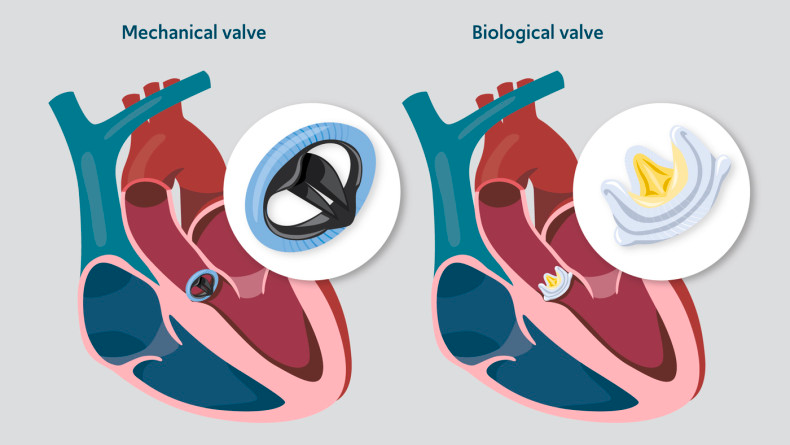It's Topic Tuesday
- siths375
- Apr 9, 2024
- 3 min read
Updated: Jun 22
What is up friends and family. I hope you and your loved ones have been doing well and enjoyed a weekend. To all our friends in the Northeast, we hope you are doing safe after the Earthquake!
On this week's session, I wanted us to quickly compare three common kinds of aortic root replacement surgeries:
The David Procedure
The Bentall Procedure
The PEARS Procedure
Each of them have unique benefits and situations where they can be used. Let's get into it!
DAVID PROCEDURE - Valve-Sparing Aortic Root Replacement
Starting off with the David Procedure, which gets its name form the surgeon who created it, the great Dr. Tyrone E. David from the University of Toronto. The surgery is sometimes called "Valve-Sparing Aortic Root Replacement."
This surgery is used when the aortic root is dilated (root aneurysms) but the aortic valve is still in good condition. Instead of cutting out the entire aortic root with the valve, the native valve is left in place or "spared," with the diseased aortic tissue is carefully cut out and replaced. During the David procedure, your heart will be placed on "bypass," whereby the heart lung machine will oxygenate your body while your surgical team operates.
After the operation, you will have your native aortic valve and a new synthetic aortic root. Keeping your natural aortic valve has many benefits, including avoiding the need for blood thinners associated with mechanical valves or the structural degeneration associated with animal tissue valves (refer to our Topic Tuesday post from two weeks ago for more information on the different types of valves!)
Note - the David Procedure is a good option in patients with aortic root aneurysms who have viable aortic valves with little calcification or leakiness. However, for aortic root aneurysms that have concurrent aortic valve disease, another option may be considered:
BENTALL PROCEDURE
When aortic root disease causes severe aortic valve dilation / regurgitation or for those patients with aortic root aneurysms with severely calcified aortic valves, the Bentall procedure may be the answer. First described in 1968 by Dr. Hugh Bentall and Antony De Bono, this surgery will also include cardiopulmonary bypass.
Once the heart lung machine is working, the surgeons will remove your dilated aortic tissue AND also remove your diseased aortic valve. The aortic tissue will be replaced by synthetic graft, while your aortic valve will be replaced with either a bioprosthetic animal tissue or mechanical valve. Most patients after a Bentall will get a mechanical valve as it provides long term durability. However, note - mechanical valves will require patients to be on lifelong warfarin (Coumadin) blood thinning medication to reduce risk of thrombotic events.
Kaiser Permanente
PEARS PROCEDURE - Personalized External Aortic Root Support
An emerging technology in the treatment of aortic root disease is the use "Personalized External Aortic Root support" more familiarly referred to as the PEARS procedure. Like the acronym suggests, the key difference with PEARS is that the aorta is supported "externally," meaning that the aneurysmal aortic root tissue is not actually cut out like in the David and Bentall procedures. This means that the operation can be done without stopping your heart and going on the bypass heart / lung machine.
In the PEARS, your aorta is carefully sized on imaging and a 3D model of your tissue is created to produce a perfectly tailored size! Unlike the synthetic grafts used in the Bentall and David operations, the PEARS 3D model has a softer mesh design allowing it to conform to the shape of your aorta.
Note- the PEARS procedure does not change the size of your aortic aneurysm, meaning that there is a possibility that one may need another corrective surgery later in life. However, because PEARS spares the aortic valve and the native shape/architecture of your aorta, it theoretically should not complicate a future aortic root replacement.
For more information on the PEARS procedure, check out these links -
And that's it for this week friends! I hope you found this post helpful in showing the key features and differences between major aortic root procedures. Feel free to drop any questions or ideas you have for future posts below for Duc and I to follow up on!
Until next time, stay happy, stay healthy, stay good-looking. And most importantly, stay Thinking Aorta!!!
AA.
















Comments